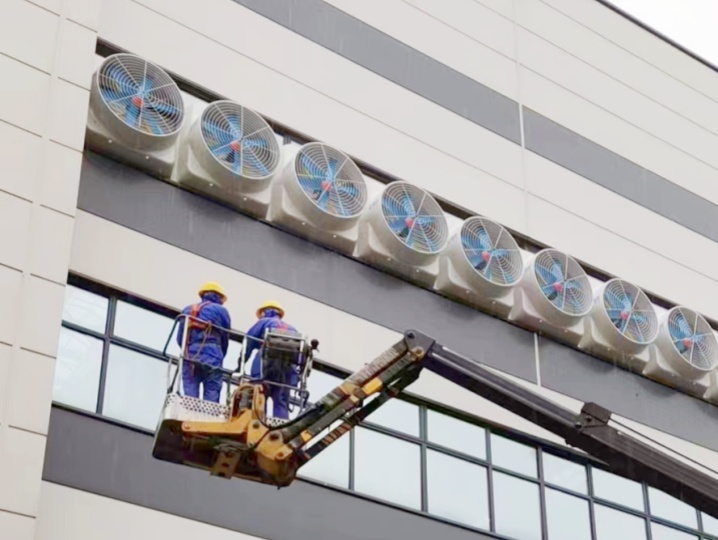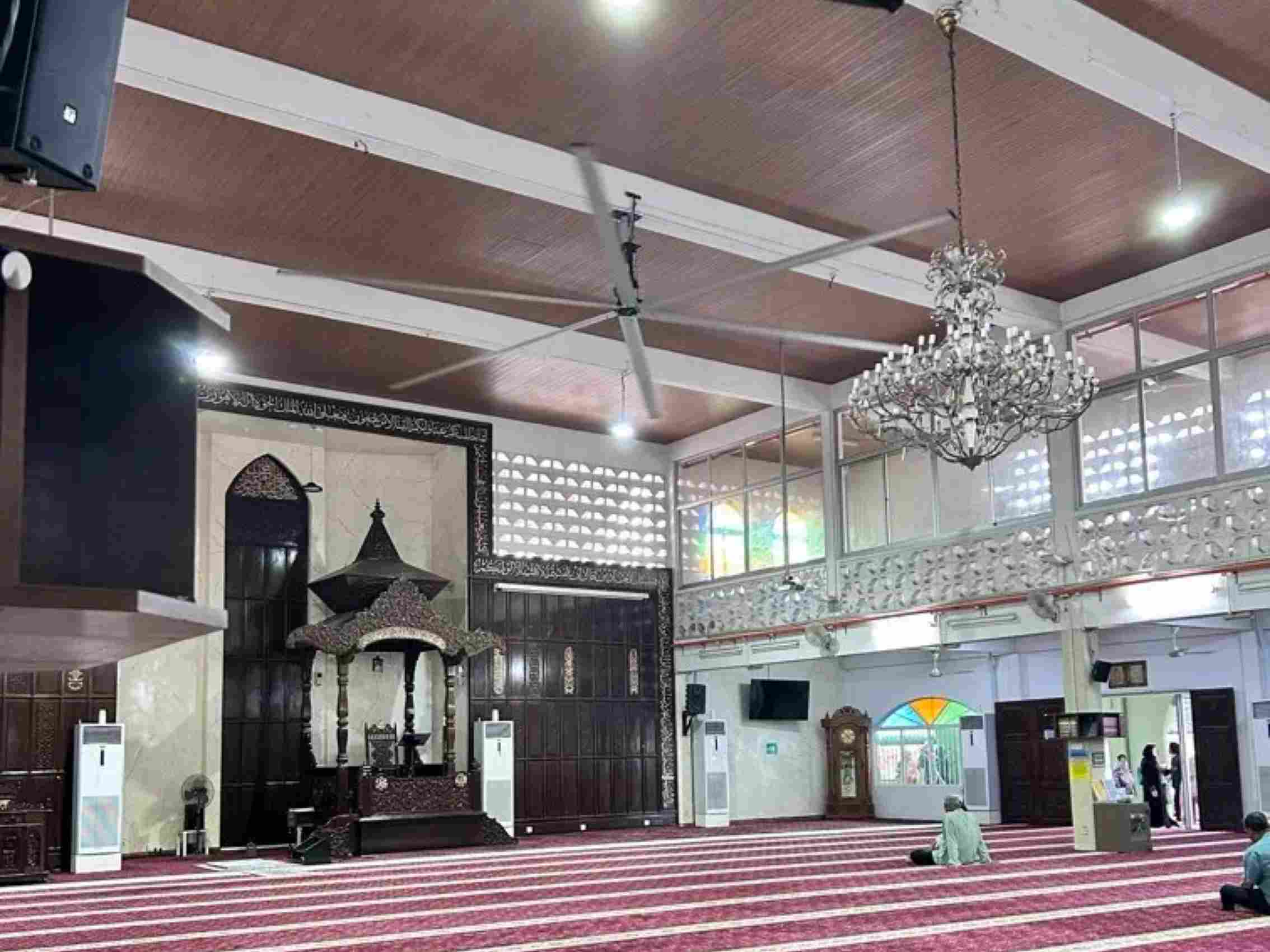Ventilation and Cooling Solutions for Steel Structure Factories
Steel structure factories are common in modern industrial construction due to their strength, durability, and cost-effectiveness. However, these buildings often face challenges related to ventilation and cooling, especially in hot climates or during peak production periods. To ensure a comfortable and safe working environment, implementing effective ventilation and cooling solutions is essential. Below are some strategies to achieve this.

Natural Ventilation
Natural ventilation is a sustainable and cost-effective method for improving airflow in steel structure factories. It relies on natural forces such as wind and temperature differences to circulate air.
Key components of natural ventilation:
Roof Ventilators: Install ridge or turbine ventilators at the roof’s highest point to expel hot air.
Windows and Louvers: Position these strategically to allow cross-ventilation, ensuring fresh air inflow and stale air outflow.
Open Layout Design: Maintain an open interior layout to minimize airflow obstructions.
Mechanical Ventilation
In cases where natural ventilation is insufficient, mechanical systems can be used to enhance airflow.
Common mechanical solutions include:
Exhaust Fans: Extract hot, stale air from the factory, particularly in high-temperature zones.
Supply Fans: Introduce fresh air into the facility to maintain air quality.
HVLS Fans: High-Volume, Low-Speed fans are ideal for large spaces, creating a consistent breeze and improving air circulation.
Evaporative Cooling Systems
Evaporative cooling is an energy-efficient method that uses water to cool air before it is distributed. These systems are especially effective in dry climates.
Advantages:
Low Energy Consumption: Requires significantly less energy than traditional air conditioning.
Increased Humidity: Adds moisture to the air, which can be beneficial in arid regions.
Wide Coverage: Suitable for large spaces like steel structure factories.
Insulation and Reflective Coatings
Reducing heat gain is a crucial step in maintaining lower indoor temperatures. Proper insulation and reflective coatings can significantly reduce the cooling load.
Key practices:
Roof and Wall Insulation: Use materials like fiberglass or foam to limit heat transfer.
Reflective Paints: Apply to roofs to reflect sunlight and reduce heat absorption.
Shading Systems: Install external shading devices to block direct sunlight.
Air Conditioning Systems
For factories requiring precise temperature control, air conditioning systems provide a reliable solution.
Key considerations:
Zoned Cooling: Focus cooling efforts on areas with high heat generation or where workers are concentrated.
Energy Efficiency: Choose systems with high energy efficiency ratings to reduce operational costs.
Maintenance: Regularly service units to ensure optimal performance and longevity.
Conclusion
Effective ventilation and cooling strategies are vital for maintaining productivity and ensuring worker comfort in steel structure factories. By combining natural and mechanical ventilation methods, utilizing evaporative cooling, and enhancing insulation, businesses can create a more sustainable and efficient working environment. Tailoring solutions to the specific needs of the facility will maximize their impact and long-term benefits.
 New Year Holiday Notice
New Year Holiday Notice
 Large Ceiling Fans: The Soluti
Large Ceiling Fans: The Soluti
 Enhancing Public Comfort with
Enhancing Public Comfort with
 Fall Prevention Measures for L
Fall Prevention Measures for L
